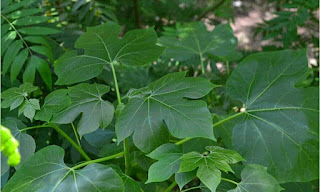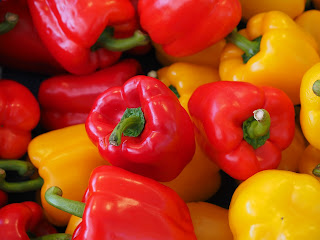10 Health Benefits of Garri(Cassava Flakes)

There are many health benefits of Garri that many do not know about despite its wide acceptance by both the rich and poor in the West African countries. Especially when it comes to soaking it in cold water with milk and other goodies. Garri which is also known as Cassava flakes is processed from Cassava into powdery food materials flour either yellow (with palm oil) or white(without palm oil). Contrary to many beliefs of Garri not having health benefits, this article will expose you to 8 health benefits of Garri. 1. It Facilitates Digestion One of the health benefits of Garri is facilitating digestion. This is so because of its constituent, dietary fibers which stimulate the intestinal bowels which facilitate quick digestion. 2. Builds Immune System Most people are aware of the fact that Garri contains a lot of carbohydrates but only a few knows of other elements and nutrients. Garri contains other useful nutrients









